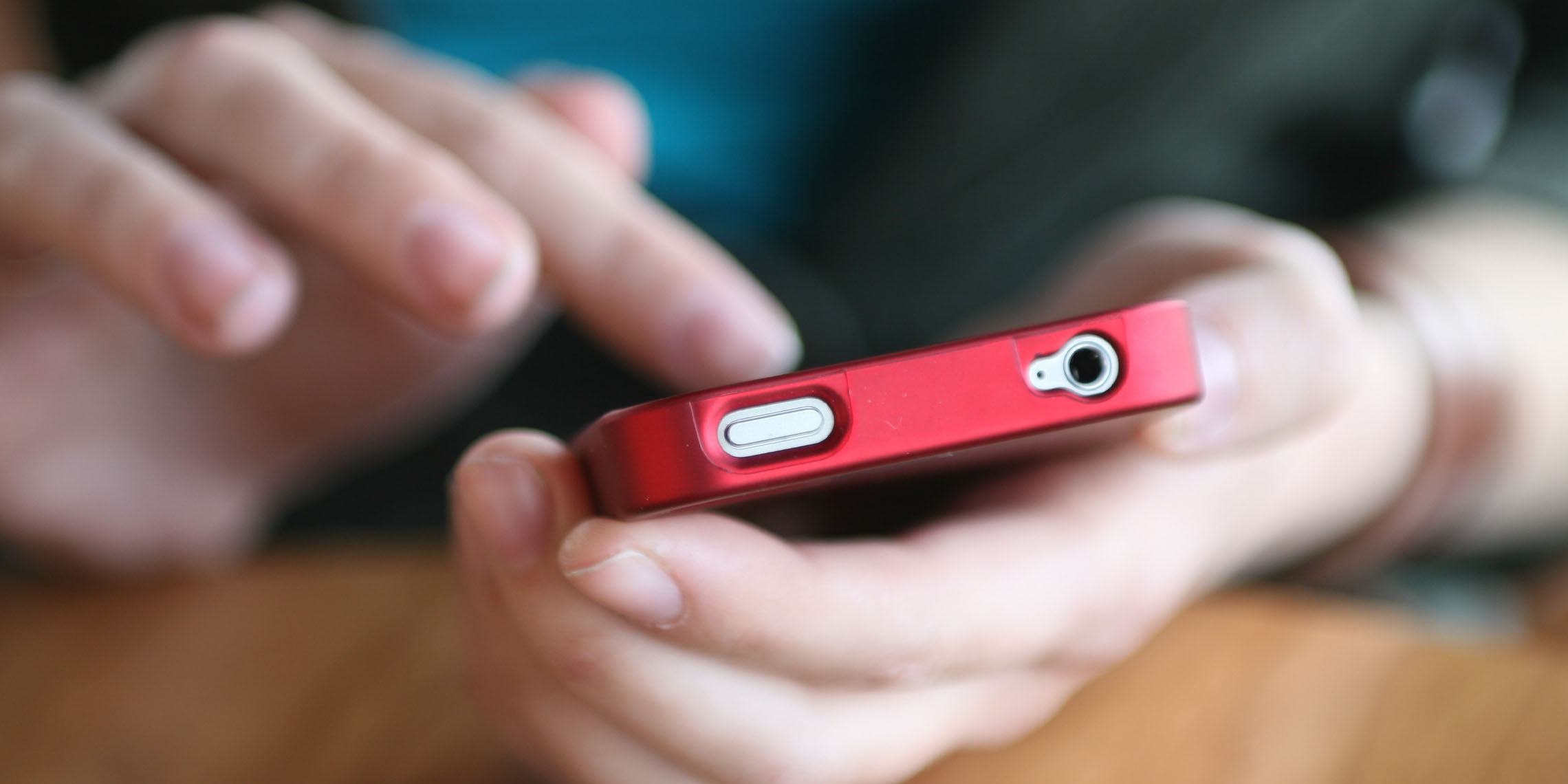Download our e-Treasury Secure Browser
Download the Sterling e-Treasury Token Client

Published on May 19, 2016 |
Adoption of cloud, mobile, and social technologies means today’s consumer wields significant power over the strength and growth of your business. How you manage interactions with the empowered client may determine whether your relationship is one of loyalty or distrust.
The rapid disappearance of the passive consumer is evident to any brand or business looking to maintain its share of the market. Unprecedented access to your company’s culture, conduct, and guffaws, along with major advances in client engagement strategies, make it critical that you take steps to establish and maintain the mutual trust—and loyalty—of your clients. To illustrate this idea of reciprocity, consider the following methods of engagement:
The availability of multiple devices means consumers choose their own channel of communicating with you, depending on personal preferences. While use of mobile devices has grown exponentially over the past five years, businesses must still engage with their audiences via major platforms (mobile, digital, and web), so that clients feel in charge of their experiences.
Social media allows consumers to get involved, to gain insight, and to connect, as well as to give immediate feedback on your performance. At the same time, companies that have a strong social presence can glean valuable insight into their clients by listening to what they say to each other. Sensible social media use yields impressive results in client loyalty, but only if the content is useful and the engagement authentic.
“Big Data” strategy allows you to collect information on consumers, monitor how they connect with you, and predict how to best engage with them. This practice must come with an understanding that you will be transparent about the data collection and the way it’s used. If you honor that promise and use it to better the consumer experience, you’ve not only overcome a potential source of mistrust, but you’ve actually strengthened the relationship.
Key Takeaways: